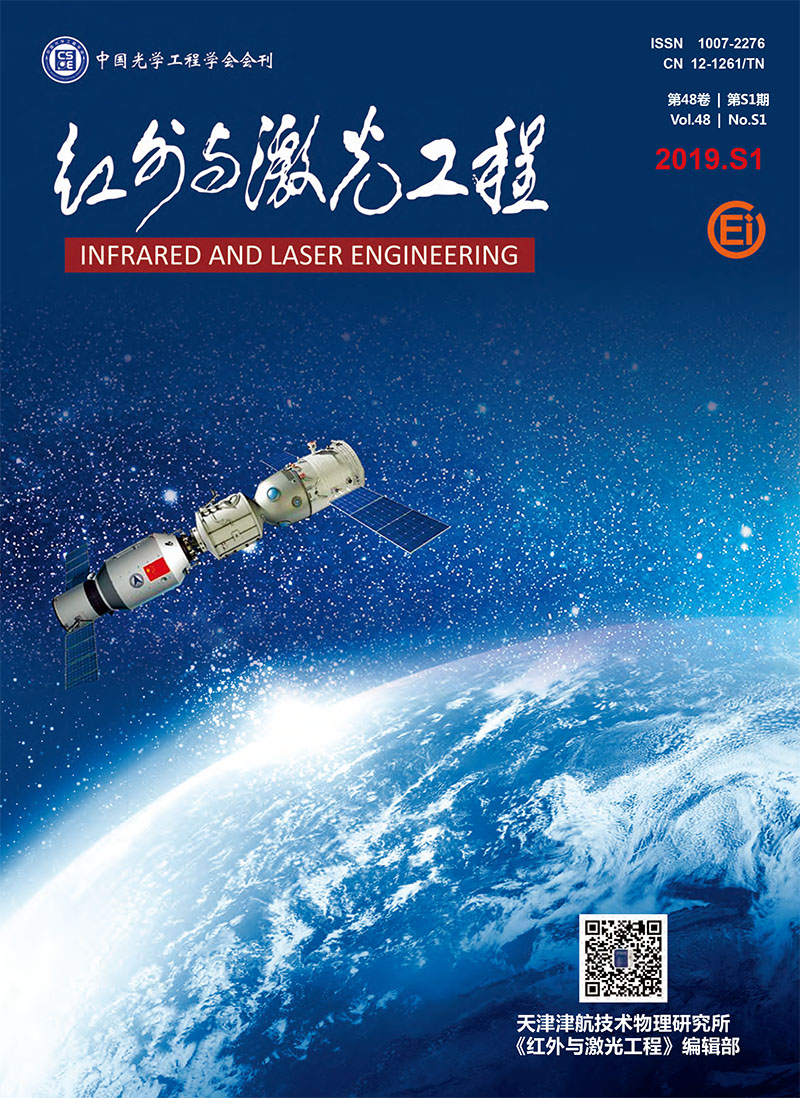|
[1]
|
Shen Shaohua. The radiative heating characteristics in the cloudy and aerosol-laden atmospheres[J]. Chinese Journal of Atmospheric Sciences, 1991, 15(6):89-98. (in Chinese) |
|
[2]
|
Shi Guangyu, Wang Biao, Zhang Hua, et al. The radiative and climatic effects of atmospheric aerosols[J]. Chinese Journal of Atmospheric Sciences, 2008, 32(4):826-840. (in Chinese) |
|
[3]
|
Di Huige, Hou Xiaolong, Zhao Hu, et al. Detections and analyses of aerosol optical properties under different weather conditions using multi-wavelength Mie lidar[J]. Acta Physica Sinica, 2014, 63(24):244206. (in Chinese) |
|
[4]
|
Deng Pan, Zhang Tianshu, Chen Wei, et al. Estimating noise scale factor and SNR of atmospheric lidar[J]. Infrared and Laser Engineering, 2016, 45(S1):S130003. (in Chinese) |
|
[5]
|
Tao Zongming, Ma Xiaomin, Liu Dong, et al. The statistical distribution of PM2.5 mass concentration profiles at west suburb of Hefei city in 2014[J]. Acta Optica Sinica, 2016, 36(6):0601001. (in Chinese) |
|
[6]
|
Wang Shaolin, Xie Pinhua, Hu Shunxing, et al. Measurement of atmospheric boundary layer pollutants by mobile lidar in Beijing[J]. Chinese Journal of Environmental Science, 2008, 29(3):562-568. (in Chinese) |
|
[7]
|
Winker D M, Pelon J, McCormick M P. The CALIPSO mission:Spaceborne lidar for observation of aerosol and cloud[C]//SPIE, 2003, 4893:1-11. |
|
[8]
|
Ma Yingying, Gong Wei, Zhu Zhongmin. Aerosol optical characteristics in South east China determined using spaceborne lidar[J]. Journal of Remote Sensing, 2009, 13(4):707-714. |
|
[9]
|
Zhao Ming, Xie Chenbo, Zhong Zhiqing, et al. High spectral resolution lidar for measuring atmospheric transmission[J]. Infrared and Laser Engineering, 2016, 45(S1):S130002. (in Chinese) |
|
[10]
|
Bernes J E, Parikh Sharma N C, Kaplan T B. Atmospheric aerosol profiling with a bistatic imaging lidar system[J]. Applied Optics, 2007, 46(15):2922-2929. |
|
[11]
|
Meng Xiangqian, Hu Shunxing, Wang Zhenzhu, et al. Vertical distribution of aerosol extinction coefficient detection in boundary layer using CCD lidar[J]. Acta Optica Sinica, 2013, 33(8):0801003. (in Chinese) |
|
[12]
|
Tao Z, Liu D, Wang Z, et al. Measurements of aerosol phase function and vertical backscattering coefficient using a charge-coupled device side-scatter lidar[J]. Optics Express, 2014, 22(1):1127-1134. |
|
[13]
|
Ma Xiaomin, Tao Zongming, Zhang Lulu, et al. Ground layer aerosol detection technology during daytime Based on side-scattering Lidar[J]. Acta Optica Sinica, 2018, 38(4):0401005. (in Chinese) |
|
[14]
|
Bian Yuxuan, Zhao Chunshen, Xu Wanyun, et al. Method to retrieve the nocturnal aerosol optical depth with a CCD laser aerosol detective system[J]. Optics Letters, 2017, 43(22):4607-4610. |
|
[15]
|
Tao Zongming, Shan Huihui, Zhang Hui, et al. Development of lidar system based on one wavelength emission and five channel receiver[J]. Infrared and Laser Engineering, 2017, 46(10):1030002. (in Chinese) |
|
[16]
|
Wang Shaolin, Cao Kaifa, Hu Shunxing, et al. Analysis and determination of lidar geometrical factor[J]. Laser Technology, 2008, 32(2):147-150. (in Chinese) |
|
[17]
|
Wang Z, Tao Z, Liu D, et al. New experimental method for lidar overlap factor using a CCD side-scatter technique[J]. Optics Letters, 2015, 40(8):1749-1952. |
|
[18]
|
Hu Shunxing, Wang Xiaobin, Wu Yonghua, et al. Geometric form factor determination with Raman backscattering signals[J]. Optics Letters, 2005, 30(14):1879-1881. |









 DownLoad:
DownLoad: